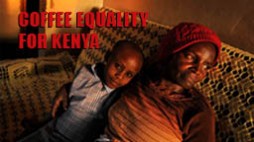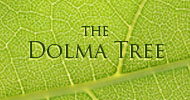
Mission statement produced for Providence Health and Services through the compassionate eyes of Eyeplay and Steve Shelton Images, LLC.

Women make up 50% of the coffee labor in Kenya, though few see their hard work reflected in their monthly … Continue reading
Though the borders separating North and South Sudan were established by the British in 1953, they weren't formally recognized until July 9, 2011, when South Sudan voted to secede from the predominantly Arab North. The resulting two countries left thousands of marginalized tribes living along a contentious border who, despite their proximity, sided more ethnically and politically with the South. In September, 2011, villages in the Upper Nile became the targets of North Sudan's Antonov bombers, as directed by Khartoum, who today continues to push these marginalized tribes south and--through terror--squelch a perceived threat to the North's primary interest-- oil. Displaced tribes, from Malakal to Yida and Bala Tuma, consist of Mayak, Uduk, and Jum Jum tribes who are Muslim, Christian, and Animists. The week before I arrived with doctor Alan Kelley a refugee camp in Yida and a market in Bala Tuma, 30 km away, were bombed resulting in 20 deaths and a mass migration south. Under the light of moon, thousands of traumatized villagers packed their belongings in wicker baskets and fled south to Doro. We arrived in Doro November 14, 2011. Within that week a small community of perhaps 1000 refugees grew to approximately 12,000. The surrounding forest and scrub become bare as refugees sought firewood, shelter and food. The UNHCR, who arrived just 24 hours before us, began registering 1000 refugees a day. They projected 40,000 refugees by December and up to 70,000 living in the surrounding bush by January, 2012.
Cuba rests less than 100 miles off the Florida coast and has been a haunt for America’s rogue since the early 1900s. An island rife with history and lore, the island was home to Ernest Hemingway who wrote The Old Man and the Sea during his 22 year tenure on the island. Diplomats and American mafia frequented its clubs while Cuban revolutionaries plotted rebellions in musical cafes and CIA trained operatives botched ground assaults at the Bay of Pigs. Continue reading
In July new borders were drawn after South Sudan was given independence, though the Blue Nile and Upper Nile regions are proving to be the first of heavily contested zones rich in oil and resources. The Blue Nile villages we were in five years ago along the Ethiopia border (Kurmuk) have in recent months been overrun by the north as the new border puts them in the north. These Blue Nile tribes fought for secession. They now are being “hung out to dry” with the south unable to provide for their protection. Continue reading

Ashi Samsavar recounts her childhood growing up in Iran and how making Dolma, or stuffed grape leaves, earned her “stripes” … Continue reading